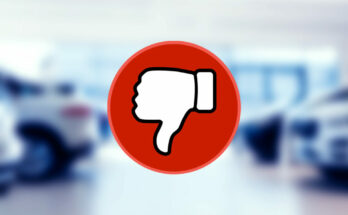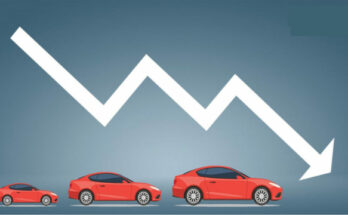Pakistan’s auto sector is going through a very difficult period right now, one that is perhaps even more challenging than the first half of 2020, when assembly operations were completely halted due to the pandemic.
A dismal picture is painted by the cumulative volumes, with 9 months’ sales volume for the current fiscal year down 46% at about 110,000 units, the lowest since FY14, and almost as bad as FY20. But why do we say more challenging than 2020 which was hit by COVID-19 during the first half of that year with things starting to get better in the latter half?
Well, for one thing, the lockdowns were lifted after a few months and the economic activities had started to return to normal, but unlike in 2020, there is no sign of a recovery in the current economic crisis. The massive political and economic uncertainty has brought the whole industry including the auto sector down to its knees.
Related: Automobile Sales Fell 47% Between July and March FY23
In comparison to around 23,000 units sold during the same period last year, the average monthly sales volume has decreased by 54% to just 10,500 units this year. The automotive sector has consistently had poor performance, and nearly all assemblers have declared ongoing, protracted plant shutdowns.
Non-production days (NPDs), which began in August 2022, are becoming increasingly severe month by month. Honda’s plant was closed for 23 days in March, from the 9th to the 31st. The company then prolonged the suspension for another 15 days until April 15th but then announced that it would remain closed for the full month of April.
Other assemblers, including major brands like Indus Motors (Toyota) and Pak Suzuki, have had comparable decreased operational days in recent months. The State Bank of Pakistan (SBP) initially set the limitations, and banks were later urged to prioritize imports. Car parts and CKDs that were not deemed ‘essential imports’ were not included, and companies were having significant difficulty obtaining Letters of Credit (LCs).
Related: The Outrageously Priced Suzuki Alto in Pakistan
However, if there was ever any doubt that there is huge latent demand for vehicles in Pakistan, the month of March of this fiscal year could answer that question. Volumes increased by 66% over the previous month, which in these circumstances should be astonishing. It should be noted that the sales data which PAMA (Pakistan Automobile Manufacturers Association) reveals each month is based on bookings (where sales are considered once order booking/payment is received by the company) and not actually the deliveries or registrations as in the case of other markets (which in fact is a more appropriate way to determine the numbers).
One thing is certain: even if most people would anticipate that car buyers would hold off and wait for more favorable conditions, there is still a sizable demand for vehicles on the market. The other thing is that the supply of vehicles will not decrease as quickly as one might hope. In the case of the former, it appears that buyers of vehicles anticipate constant price increases while also anticipating that their investment will hold up well over time. Whether or not it is true, it may be argued that perception is everything, and demand will persist as long as supply does.
Related: Perks of Buying a Honda Civic in Pakistan?
It also remains a fact that cars in Pakistan are considered an investment as 5-years/50,000+ km driven old models are being for up to 3 times their actual purchase price in the used car market. Consequently, even in tighter economic times, people (who can afford it) regard purchasing a car as a decent method to secure their money because it increases in value (in terms of PKR) over time, possibly even better than any other form of investment.
Prices of new cars have risen by 35% or more within the last few months, but those rich with wealth may select their preferred vehicle—and wait several months for delivery (not to mention that compared to the previous fiscal year, the sales of expensive SUVs and 4x4s have nearly doubled) —while those feeling the pinch of lower purchasing power may downgrade a model or two.

A computer animation professional with over 23 years of industry experience having served in leading organizations, TV channels & production facilities in Pakistan. An avid car enthusiast and petrolhead with an affection to deliver quality content to help shape opinions. Formerly written for PakWheels as well as major publications including Dawn. Founder of CarSpiritPK.com




